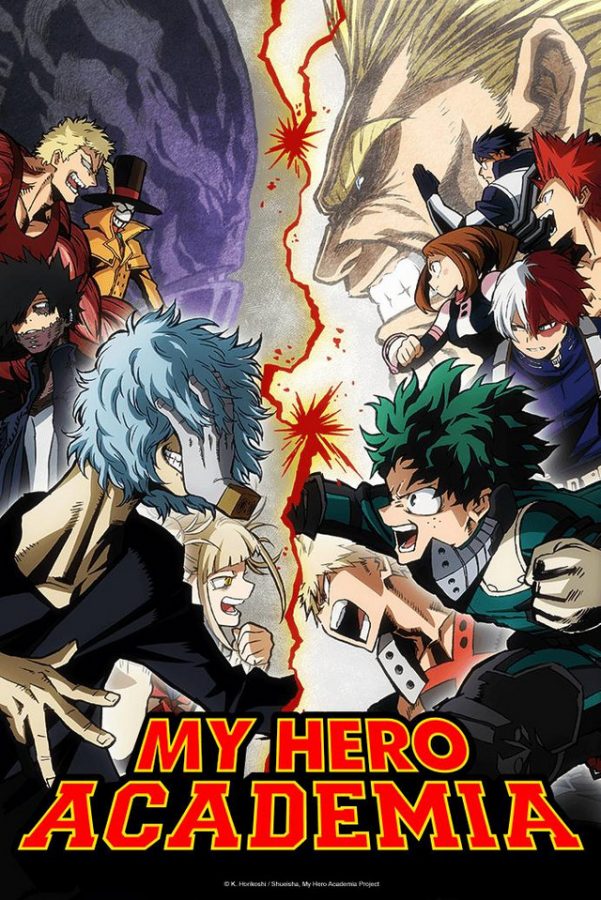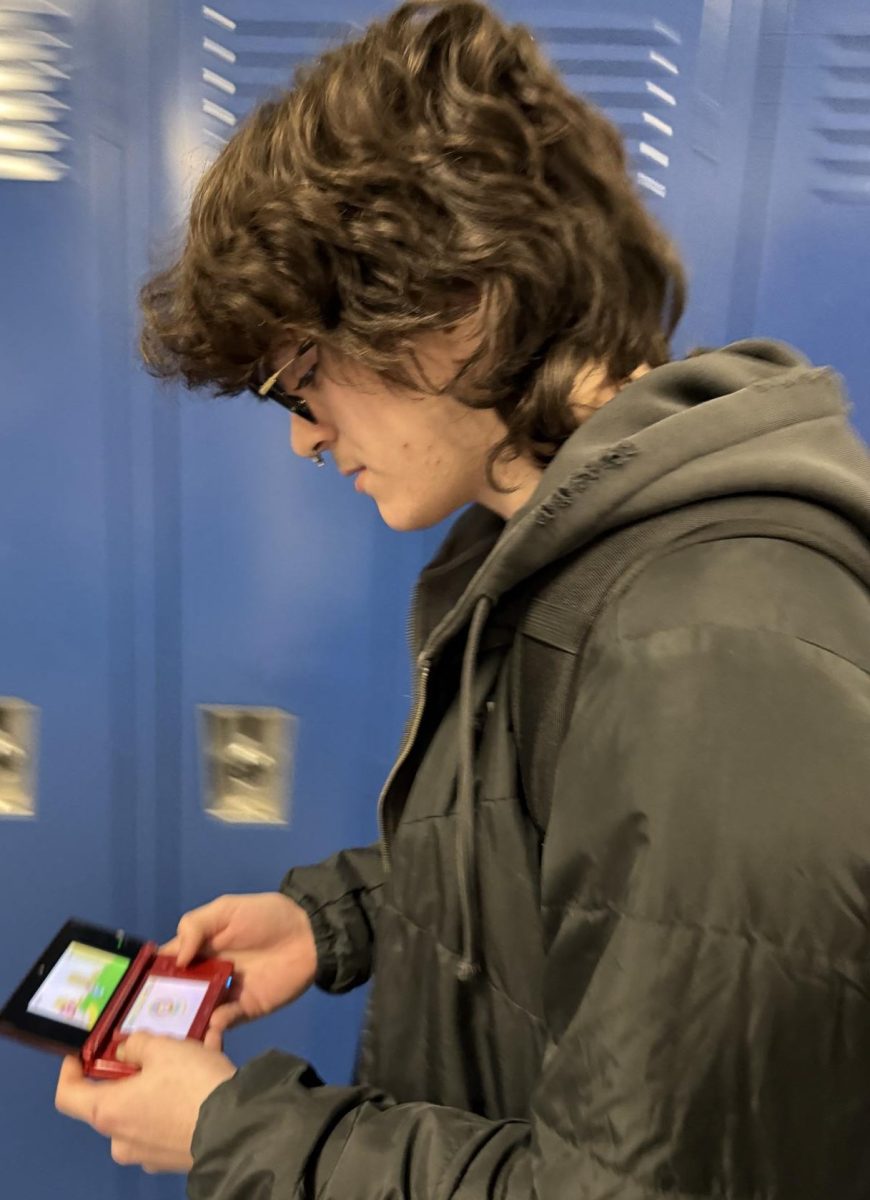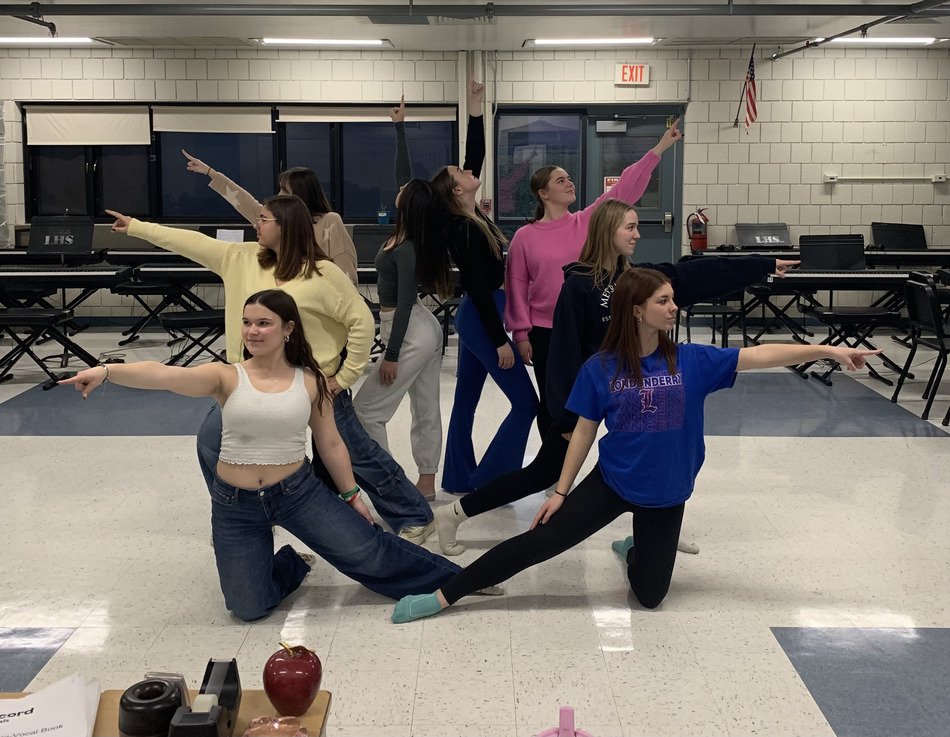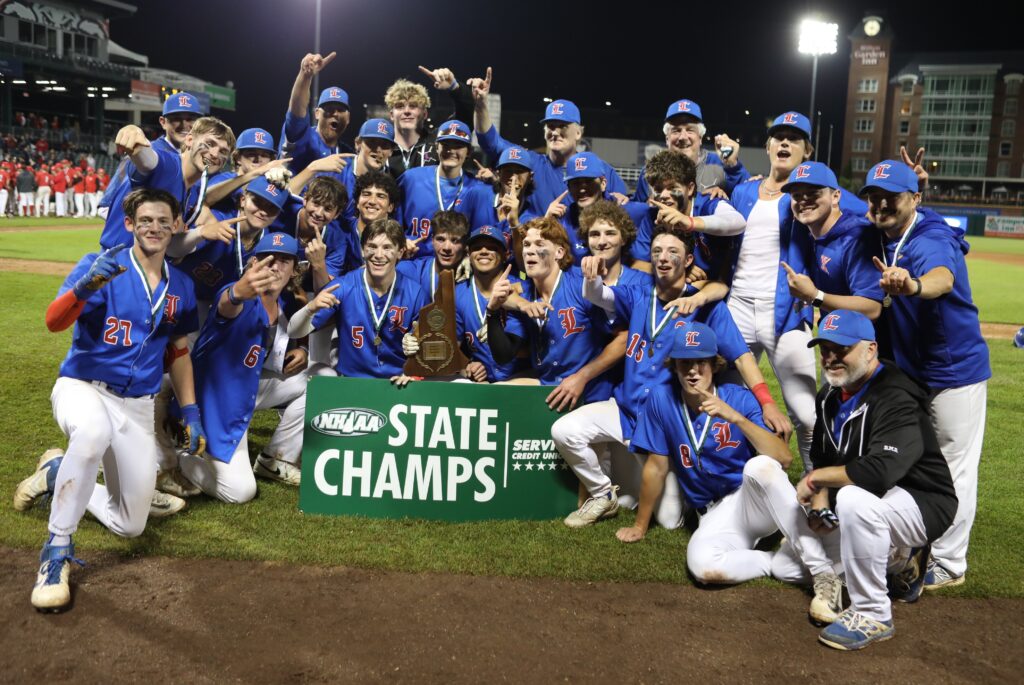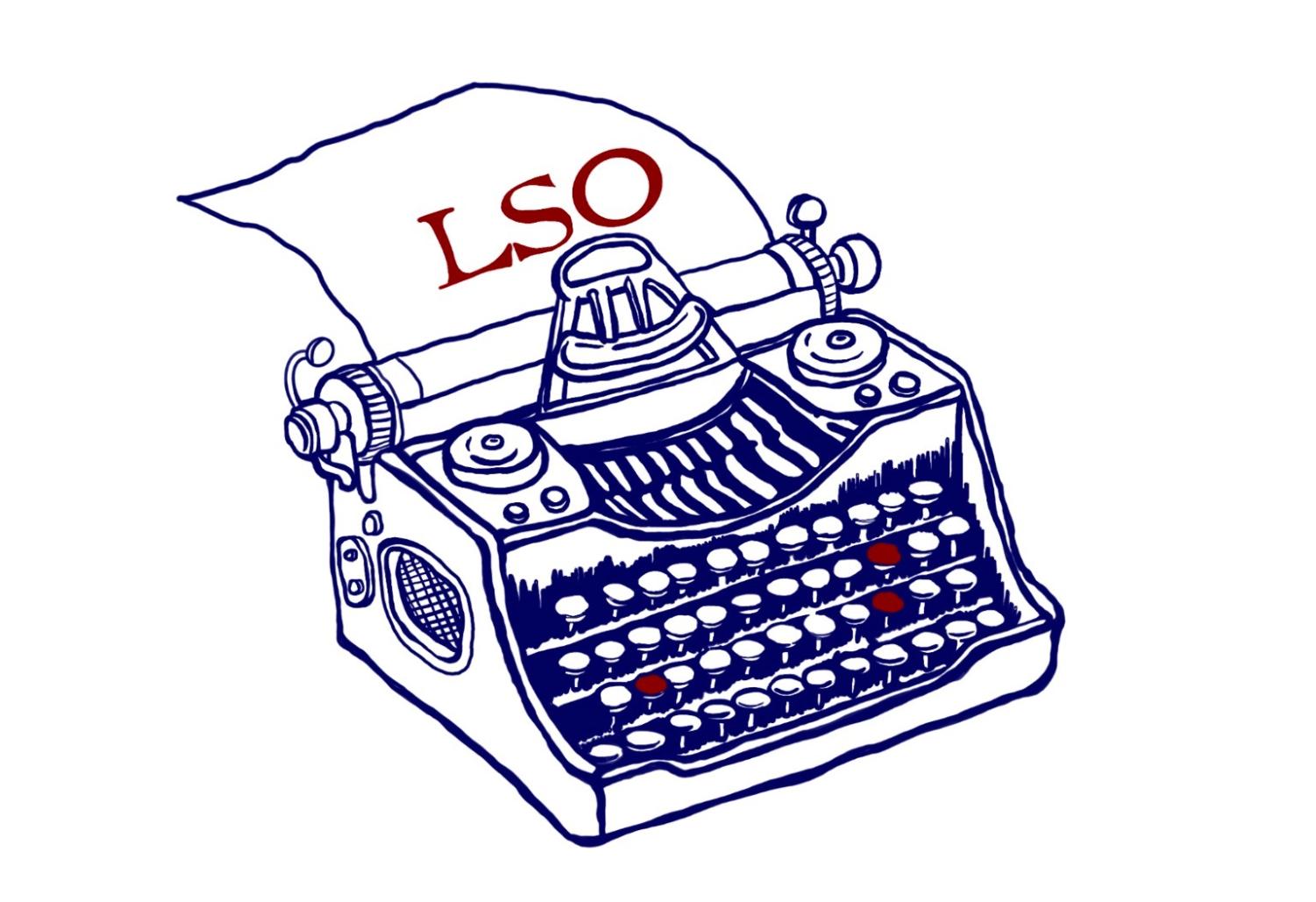For most people, their only experience with anime is Pokemon, Beyblade, Bakugan or Yu Gi Oh. Or, maybe you stayed up late one Saturday night on Cartoon Network when it switched to Adult Swim and Toonami, and you saw one or two animes there.
Anime is actually quite simple. It is shows or movies from Japan that are animated and are varying in genres, from fantasy to slice-of-life to huge sci-fi epics. In fact, not much separates anime from other television mediums besides being animated.
Anime typically comes in two forms for western audiences to watch: subtitled (sub) and dubbed (dub). Sub anime is the more common translation. This type has a translation of what is being said by the characters on the bottom of the screen in subtitles and, sometimes, signs are translated, as well. If you can read fast, you may enjoy sub anime. If not, it can be hard to keep track of what is happening and what the characters are saying, as they can start talking quicker than you can read. Also, if you have attention problems, or want to watch anime where you can look away for a second without missing something and having to rewind, then a dub might be for you.
A dub when the writers and translators take the script, translate it and revoice it into English or any other language. Often, dubs are released after the original airing, as they take time to translate and record. Funimation, a company that licenses and produces dubs for anime, offers a simuldub for their more popular shows; simuldubs are when a show’s dub version is released the same day as its sub version. Yet, some shows never get dubs, either because they’re not popular enough or wouldn’t work well with an English dub. Some people only watch subs, and some, only dubs; it’s up to you to decide.
Being more niche then normal media, anime is not usually not in the limelight like normal TV is. Therefore, I have compiled a list of 6 different places you could watch anime.
1) Netflix is the most popular of the streaming services, with 158 million subscribers worldwide, as of their 2019 3rd quarter report from Time. So, with such a large user base, they would have to have a wide variety of anime on it, right? To be honest, it’s on the smaller side. Netflix has the more well-known shows, like Fullmetal Alchemist, Death Note, etc., alongside a few big exclusive shows that can only be found on Netflix, like Aggretsuko, A Silent Voice, Fate: Apothrica and the infamous Neon Genesis Evangelion. Netflix’s policy requires the whole season of a show to be released at one time or, at least, in parts, as well as typically having an available English dub with the show. This is good for binging and people who like dubs, but such a policy can be annoying if you are waiting for a show to come out months later than when it originally premiered.
2) Hulu is another big streaming service, with around 28 million subscribers as of May of 2019, according to CNN Business. Unlike Netflix, Hulu doesn’t have many anime exclusives to it, but its catalogue is much bigger, as Hulu is partnered with Funimation and typically has the same shows as Funimation. The anime on Hulu is mostly subtitled in English, but some of the shows on Hulu have English dubs from Funimation. Another thing different from Netflix is that Hulu will have an episode up when it airs, which means weekly releases. Hulu has a few exclusives, like Season 2 of One Punch Man and Persona 4 the animation. Also, Hulu has some classics, like Cowboy Bebop and the smash hit My Hero Academia, with sub versions becoming available weekly (as it airs), and the Funimation dub at a later time. So, with a large catalogue of anime, Hulu is a fine place to start, and is also where I personally started.
3) I have referenced Funimation Now a couple times throughout this piece, so it would be silly to not include them. Funimation Now is, unlike the previous two places, exclusively anime-filled. Funimation is best known for its English dubs, so if you prefer a dub, then Funimation Now is the right place to start. This service has a decent amount of exclusives, usually either their dubs are exclusive or even whole shows. Big shows on there include all of Dragon Ball (sub and dub), the One Piece (dub), the Attack on Titan (dub), and more.
4) Like Funimation, Crunchyroll is an anime-only service. A difference, though, is what content types Crunchyroll and Funimation have. Whereas Funimation has more of a focus on English dubs, Crunchyroll’s content is primarily subtitled. They have more available shows than the other services, and even smaller, less popular shows because subs are easier to create. They do have a few English dubs, either created by themselves, like The Rising of the Shield Hero and Konosuba, or from their partnership with Funimation, like Re:Zero and Saga of Tanya the Evil. Some notable exclusives they have are all of JoJo’s Bizarre Adventure (sub), Re:Zero (sub and dub), Laid Back Camp, Hunter X Hunter, Attack on Titan sub, the Monogatari series (excluding the Kizu trilogy), and more. So, if you prefer sub content with a dub here-and-there, then Crunchyroll would be a good choice.
4.5) VRV is under Crunchyroll, as its creators are the same. VRV has the full catalogue that Crunchyroll gets, in addition to a couple other streaming services bundled together, like Rooster Teeth, CuriosityStream and Hidive. Hidive is one to take note of here, as they are another smaller, anime-only service which does dubs of anime similarly to Funimation. But, their catalogue is much smaller than both Crunchyroll’s and Funimation’s catalogues, and only sometimes does Hidive get the same shows that Crunchyroll has. Most of the time Hidive will have a dub and uncensored version for the shows they get. They also have a few exclusives, like K-on and Made In Abyss . So, if you’re willing to pay a little more and get some more shows, then VRV would be good for you. I use VRV, along with Funimation.
5) I will briefly go over Amazon Prime Video. Prime Video, for a while, had its own anime service called Anime Strike. It ended, and it all just melded into the rest of Prime Video. Overall, it has many shows that Hidive has, with a few notable ones. They do have some exclusives, like Dororo and Vinland Saga, and many of the old Pokemon series but where Amazon Prime shines is with renting and buying movies, and it is often the only legal place to rent or buy them outside of the blu-rays. And depending on who has the license to them, the movies can be up to $70 to buy the physical version. So, with the ability to rent or buy The Persona 3 Movies, The Kizumonogatari Trilogy, many of the Pokemon movies, the Berserk: Golden Age arc movies, and many, many more. Thus, if you have Prime Video, it’s not a bad idea to check it out. Prime has some good shows on it, but overall it’s a small library, and the market of renting vs. buying movies can be expensive for newcomers as the only place to watch anime. So I’d only recommend checking it out if you our your family already have it
6) Toonami is the weirdest of the bunch here. It’s not a streaming service, but actually an airing block on Cartoon Network’s Adult Swim block, every Saturday from around 11 P.M. to 4:30 A.M. They air shows with one episode per week. The big shows usually get picked up on this airing block, like Dragon Ball Super, JoJo’s Bizarre Adventure Dub, and My Hero Academia. Only dub versions are aired, and in some cases, this is the only place to watch the dub without waiting for the blu-ray DVD release, which can get expensive. Also, being late at night, it would be smart to set recordings of the shows you want to watch for later.
So with a basic grasp of what anime is, ways you can watch it and some places to watch it, you’re on your way to finding new shows and stories that can’t be found in any other medium today!



